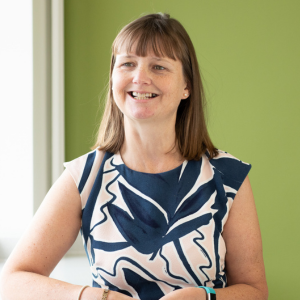Buying any business is a daunting prospect – even if you have plenty of experience under your belt. Buying into a sector where the one of the main variables is out of your control, namely the weather, can be particularly unnerving.
Nonetheless, over the course of a year we help many people buy their first farm, an experience which is simultaneously exciting and challenging. As with any major asset purchase, the key to success is good planning and good advice. So what are the main things you need to consider?
Location
The location of the farm is crucial: are you buying in a particular area because you have family locally? Or are you relocating for the same, or another, reason? Have you chosen the area because it has the right soil and topography for the sort of farming you wish to do? Do you need to be close to your markets or distribution points?
Financing your purchase
Once you’ve established where you want to be, the next stage is financing your farm purchase. If you are not a cash buyer (and how many of us are?) then you will need to find your own funding which is likely to be a mortgage or another sort of loan which you can take out either in the name of the business or as a personal loan. Although there are no grants available to help you with the purchase of your farm, once you own it funding is still available through the EU (until we exit) for a variety of projects including diversification. The UK government has indicated that Defra will develop its own rural funding stream after we have left the EU but there are no details as yet on how this might look.
Planning restrictions
One thing you mustn’t overlook is planning. If you are buying a farm and want to alter the type of farming in which it is currently engaged, you must check if you have permission to do so as there are often constraints in place to prevent people from changing an established farm to another use. By the same token, if there are commercial units on the farm used, for example, for storage or for equestrian purposes, you may need planning permission to change them back to agricultural use
Tax
Finally, you will need to consider your tax obligations. Stamp Duty Land Tax (SDLT) is payable on the value of the farm within 30 days of completion. SDLT is payable at different rates depending on the structure of farm purchase and number of buildings on the farm including the number of residential units. This is an upfront cost which you need to factor into the purchase cost. You may also have to pay VAT on the purchase price but this will depend on the current owner’s tax position. You will also need to consider whether or not you should be VAT-registered: if the seller of the farm had opted to tax the property for VAT you will need to be VAT-registered on completion of the sale and then, in future, you will have to charge VAT if you sell land or rent it out.
Finally, if you are buying a farm with the proceeds of assets sold previously, you should consider getting advice on capital gains tax as there may be available tax reliefs in connection with your purchase. However, to qualify for those tax reliefs the purchase has to be structured appropriately.



